Blue Oyster Mushrooms (Pleurotus ostreatus var. columbinus) are a fascinating addition to the realm of fungal diversity, widely appreciated for their unique blue-gray appearance and fan-shaped caps. Research has found a high degree of intercompatability (>85%) between the regular Oyster mushrooms we know and love, Pleurotus ostreatus, and Pleurotus columbinus, explaining why the Blue Oyster mushroom is often considered a variety of the commonly used Oyster functional mushroom [1].
Originating as a niche in mushroom cultivation, they have evolved into one of the more popular culinary mushrooms, featuring not only in gourmet dishes but also drawing attention for their potential as functional mushrooms. Among various mushroom varieties, Blue Oyster Mushrooms stand out for their nutritional benefits, including a rich profile of protein, fiber, and antioxidants [2]. Their functional properties have garnered interest in the broader scope of functional fungi research, especially concerning their antitumor and cholesterol-lowering capabilities [3]. The rise of Blue Oyster Mushrooms in the culinary and functional arenas reflects the growing public and scientific interest in exploring the multifaceted roles that mushrooms can play in human health and gastronomy.

Recipes with Blue Oyster Mushrooms
Blue Oyster Mushrooms are more than just aesthetically pleasing culinary mushrooms; they are also packed with a range of nutritional benefits. Their culinary versatility is demonstrated through an array of gourmet recipes that can elevate any dining experience.
Whether you are a culinary expert or a home cook looking for mushroom cooking tips, Blue Oyster mushroom recipes often stand out as both nutritious and delicious options. From sautéing to grilling and even incorporating them into soups, these mushrooms offer a plethora of creative avenues for exploration.
Blue Mushroom Recipe Ideas
Blue Oyster Mushroom Risotto: A classic Italian dish with the creamy richness of arborio rice, delicately combined with the meaty texture of Blue Oyster Mushrooms.
Grilled Blue Oyster Mushrooms: A simple preparation that enhances the mushrooms' natural flavors, best paired with a touch of olive oil, garlic, and herbs.
Blue Oyster Mushroom and Kale Stir-Fry: An East Asian inspired dish that combines the hearty greens of kale with the soft, absorbing nature of Blue Oyster Mushrooms.
Vegan Blue Oyster Mushroom Tacos: Swap out meat for a plant-based alternative that still packs a punch in flavor, utilizing the chewy texture of the mushrooms.
Blue Oyster Mushroom Soup: A light and nutritious option that incorporates a variety of vegetables and herbs, allowing the Blue Oyster Mushrooms to take center stage.
Spaghetti with Blue Oyster Mushroom Sauce: A comfort food classic, made healthier and more robust with the addition of Blue Oyster Mushrooms.
Blue Oyster Mushroom Quiche: A creamy and delectable option for brunch or a light dinner, featuring the unique flavors of the Blue Oyster Mushroom elegantly incorporated into a traditional quiche.
Balsamic Glazed Blue Oyster Mushrooms: The tangy glaze brings out the natural sweetness of the mushroom, making for a delightful side dish or topping for grilled meats.
Blue Oyster Mushroom Tempura: A Japanese-inspired dish where the mushrooms are dipped in a light tempura batter and fried to perfection.
Sourdough Toast with Blue Oyster Mushroom and Avocado: A breakfast classic turned gourmet, combining the creaminess of avocado with the earthy tones of Blue Oyster Mushrooms.
By exploring these recipes, you will undoubtedly deepen your understanding of the complex flavors and textures that Blue Oyster Mushrooms can bring to the table. We hope these ideas inspire you to make the most of this exceptional variety of mushroom in your own culinary endeavors.
How to Cook Blue Oyster Mushrooms
When approaching the culinary arts with Blue Oyster Mushrooms, it's essential to understand their culinary versatility, which lends itself to an array of gourmet recipes. While commonly categorized as culinary mushrooms, Blue Oyster Mushrooms offer more than just exceptional flavors; they also present nutritional benefits like a rich supply of antioxidants and essential vitamins.
Before embarking on the preparation of Blue Oyster mushroom recipes, some preliminary mushroom cooking tips are in order. For example, it is advised to avoid soaking these mushrooms in water as they readily absorb moisture, which could impair their texture and flavor. Instead, a simple brush or cloth should suffice for cleaning.
Sautéing is a recommended cooking technique, often involving a brief exposure to high heat with minimal oil. This method is proven to maintain the integrity of the mushroom's nutrient profile while elevating its inherent flavors. In summary, the utilization of Blue Oyster Mushrooms in gourmet recipes not only enhances culinary experiences but also contributes to a balanced diet, emphasizing their dual role in both taste and health.
When to Harvest Blue Oyster Mushrooms
The optimal moment for harvesting Blue Oyster Mushrooms is intrinsically linked to various factors such as climatic conditions and the methods employed in mushroom farming or mushroom foraging.
In a controlled environment, utilizing advanced fungal cultivation techniques, Blue Oyster Mushrooms generally reach maturity within 5 to 10 days post-inoculation of the Blue Oyster mushroom spores. However, when relying on sustainable agriculture practices or in the pursuit of edible wild mushrooms, the timeframe may be subject to natural variations. Indicators of ripeness include the uncurling of the mushroom's cap and a slight flattening, characteristics that are commonly observed in mushrooms grown from a Blue Oyster mushroom grow kit as well.
When this occurs, you harvest by cutting the entire cluster of mushrooms at the base with a knife. It is imperative for those engaged in growing Blue Oyster mushrooms to adhere to these harvesting guidelines to maximize both culinary utility and potential health benefits.

Blue Mushroom Oyster Effects
Blue Oyster Mushrooms (Pleurotus ostreatus var. columbinus) are not just culinary delicacies; they also harbor a plethora of health-promoting compounds. As a variety of the commonly employed functional Oyster mushrooms, various scientific studies have established these mushrooms as part of the broader category of functional mushrooms. The active compounds found in Blue Oyster Mushrooms, such as polysaccharides, beta-glucans, and terpenoids, contribute to their immune-boosting properties [4].
A noteworthy aspect of these fungi is their ability to modulate the immune system, either by enhancing or suppressing immune responses as needed. The bioactive compounds interact with immune cells like macrophages, T-lymphocytes, and natural killer cells, thus enhancing the body’s ability to fight off infections [4]. Furthermore, the effects of Blue Oyster Mushrooms extend beyond the immune domain of functional fungi, entering the realm of fungi and health in a general context.
Blue Oyster Mushroom: Research and Studies
Studies have demonstrated the potential role of Oyster mushrooms in combating oxidative stress and inflammation, two key factors associated with chronic diseases such as diabetes and cancer [5]. Antioxidants play a crucial role in maintaining a balance with free radicals (unstable molecules) and reducing or preventing their harmful effects. An excessive accumulation of free radicals can lead to oxidative stress, causing damage to our cells [6]. These free radicals have the capacity to adversely alter proteins, lipids, and even our DNA, resulting in premature aging and diseases [6].
Oyster mushrooms have demonstrated potential anti-cancer benefits as well. Research indicates that extracts from Oyster mushrooms can impede the proliferation of cancerous cells through multiple biological pathways, both in vitro and in vivo.
One specific study highlighted that an ethanolic extract derived from these mushrooms significantly curtailed the growth and replication of MCF-7 cells, a particular cancer cell line [7]. Furthermore, this extract induced notable morphological alterations in the cancer cells, such as cellular contraction, membrane blebbing, and nuclear disintegration, ultimately culminating in apoptosis—the orchestrated death of the malignant cells [7].
Consumption of the Oyster mushroom has also proven to be beneficial for overall health, with positive impacts on various health markers. Enhanced metabolic processing of glucose and lipids, improved blood pressure, and prevention against cardiovascular ailments have been documented among users [8]. A systematic review comprising eight clinical trials focusing on this functional mushroom has indicated that consumption of Oyster mushrooms led to a decline in both fasting and post-meal glucose levels, as well as a reduction in blood pressure—factors critically associated with cardiovascular risk [8].
In summary, the existing body of scientific evidence supports the categorization of Blue Oyster Mushrooms among functional fungi, possessing a wide range of health-promoting compounds, especially if mushroom pill supplementation is implemented. Their diverse effects on human health warrant further study, as they offer a promising avenue for both culinary and therapeutic applications.

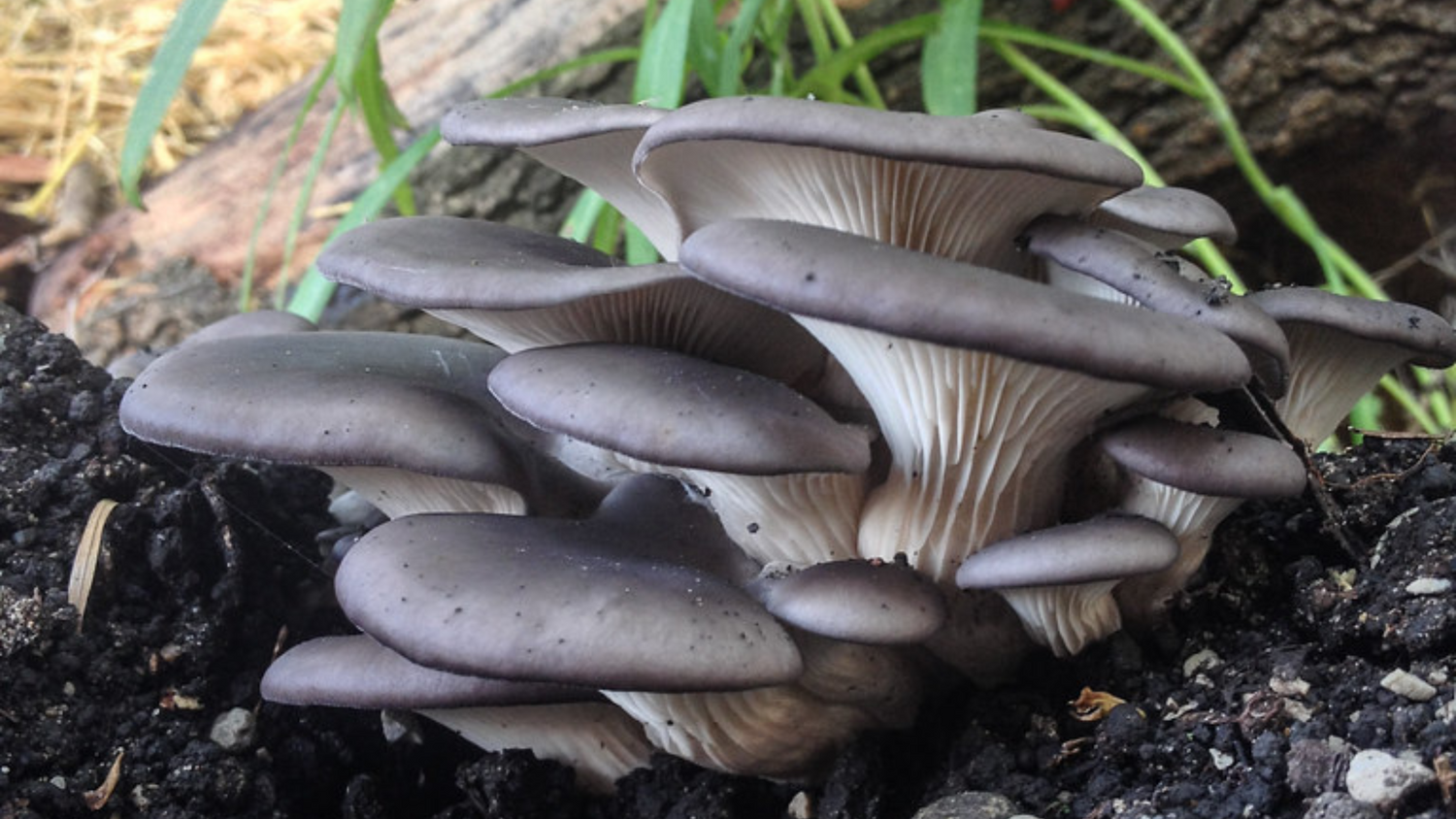
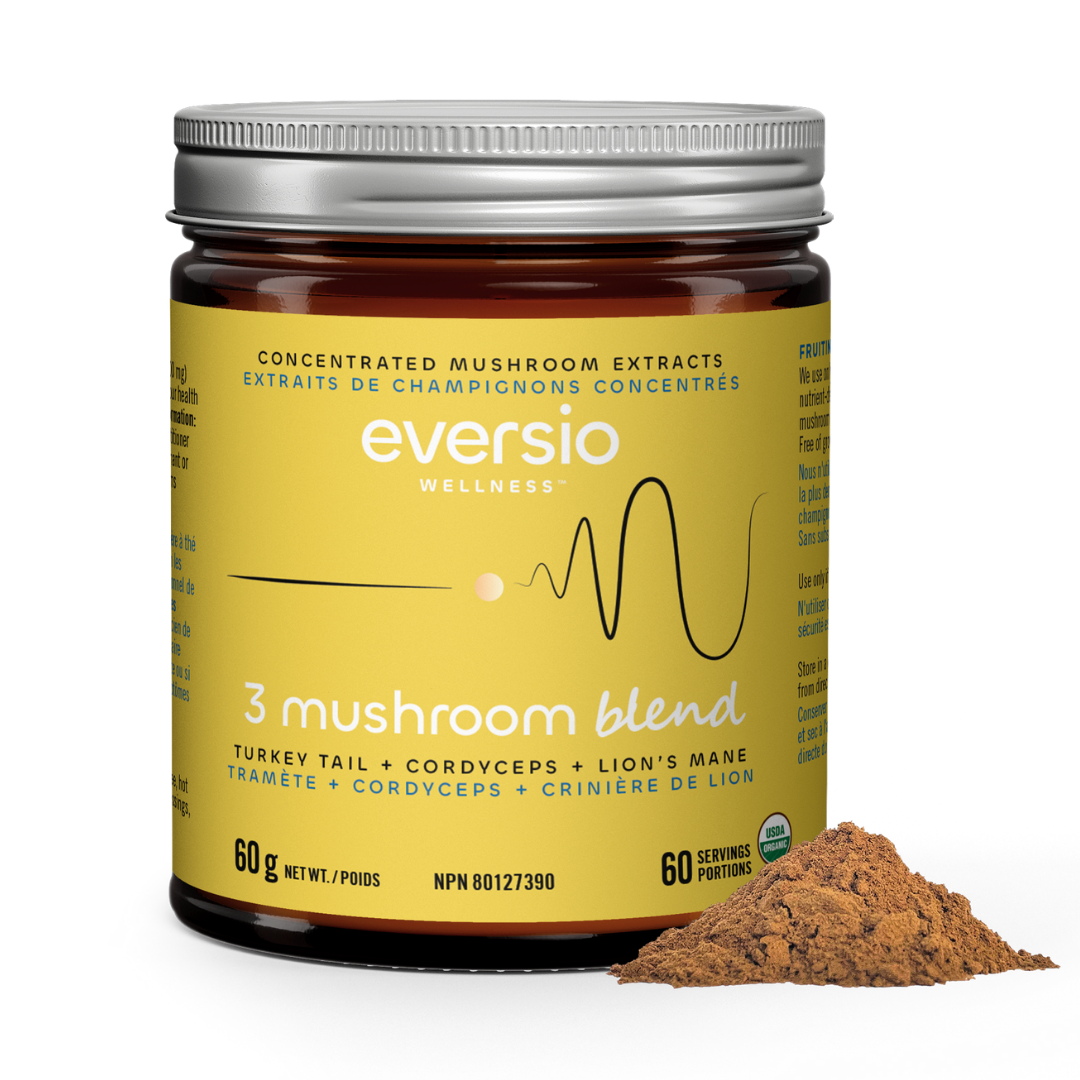
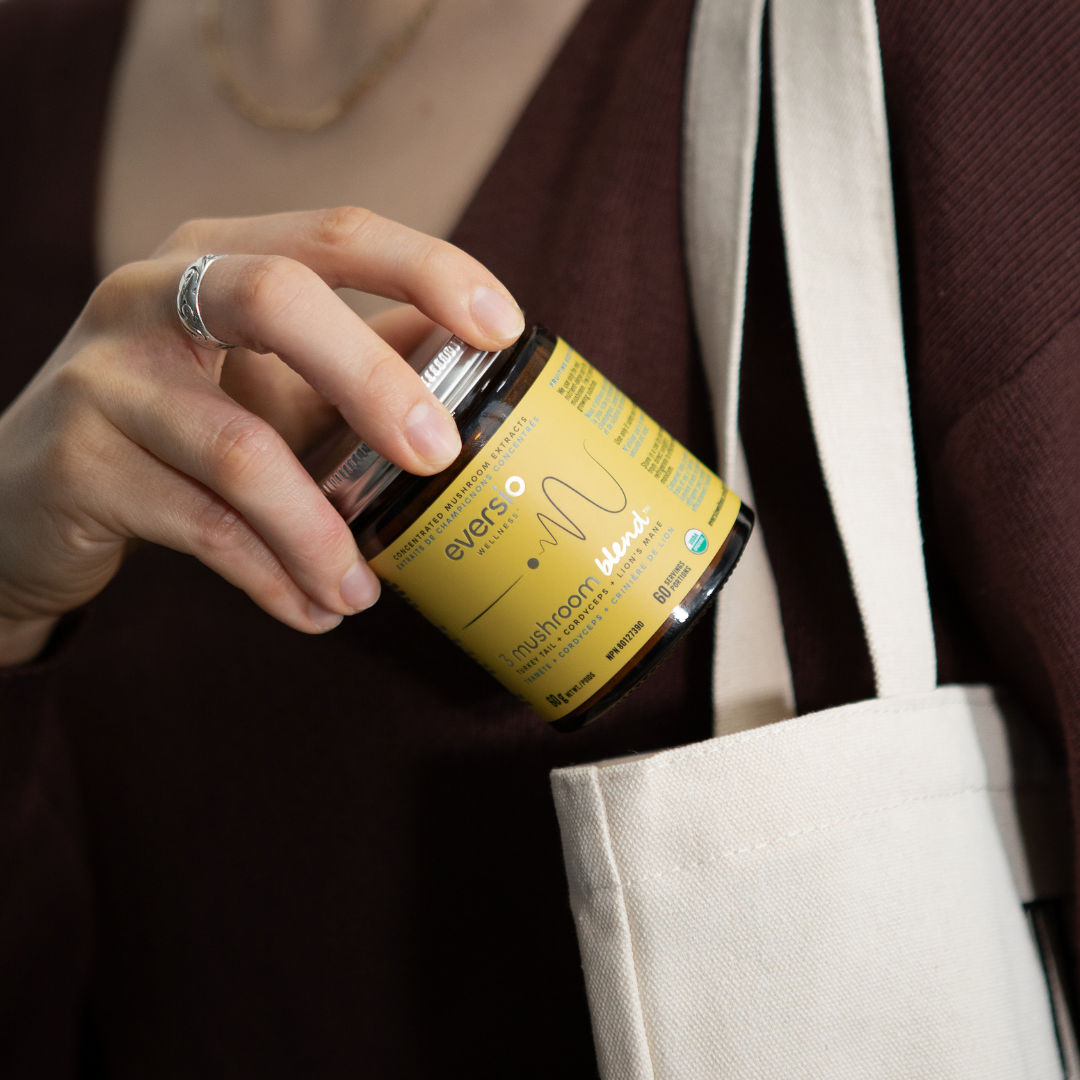
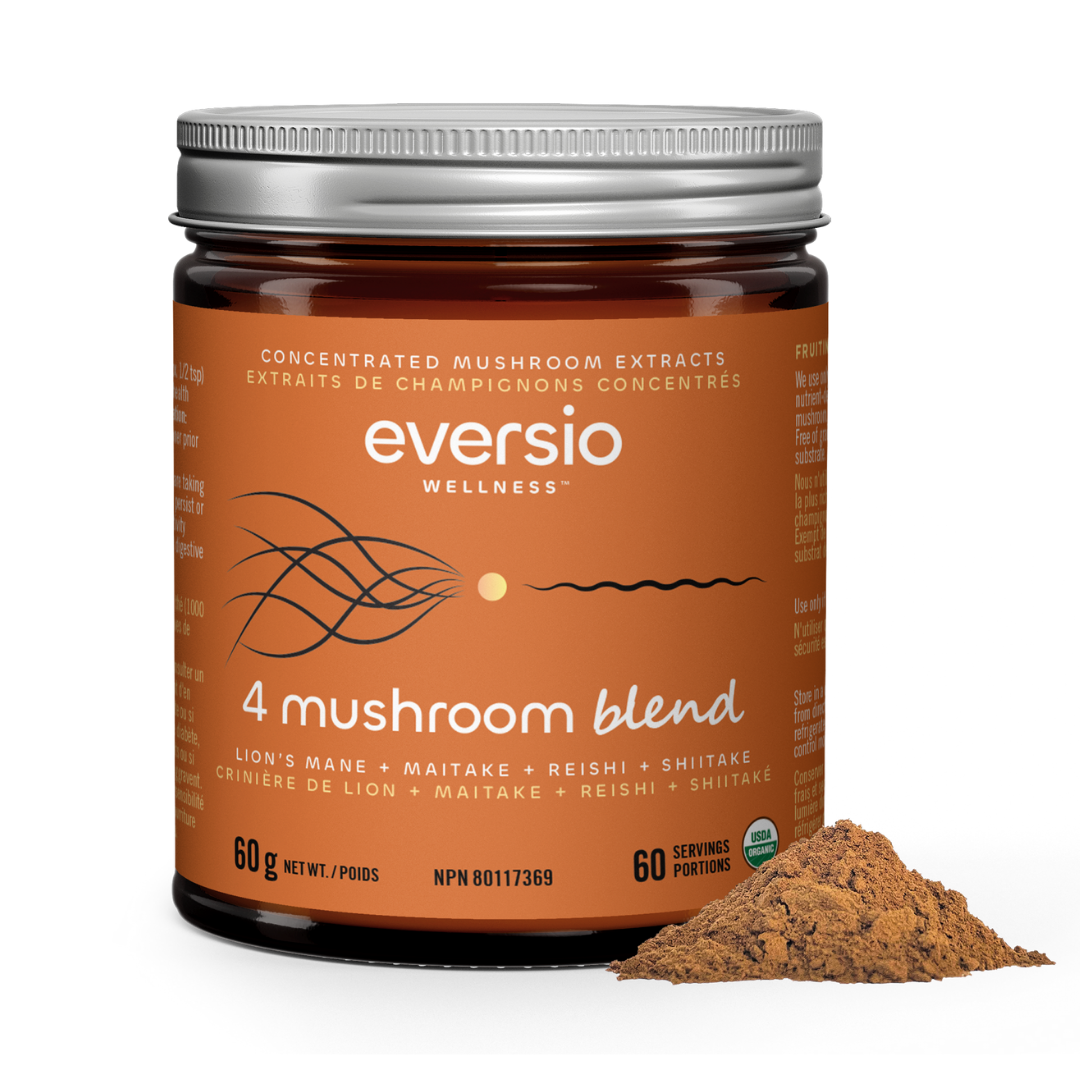
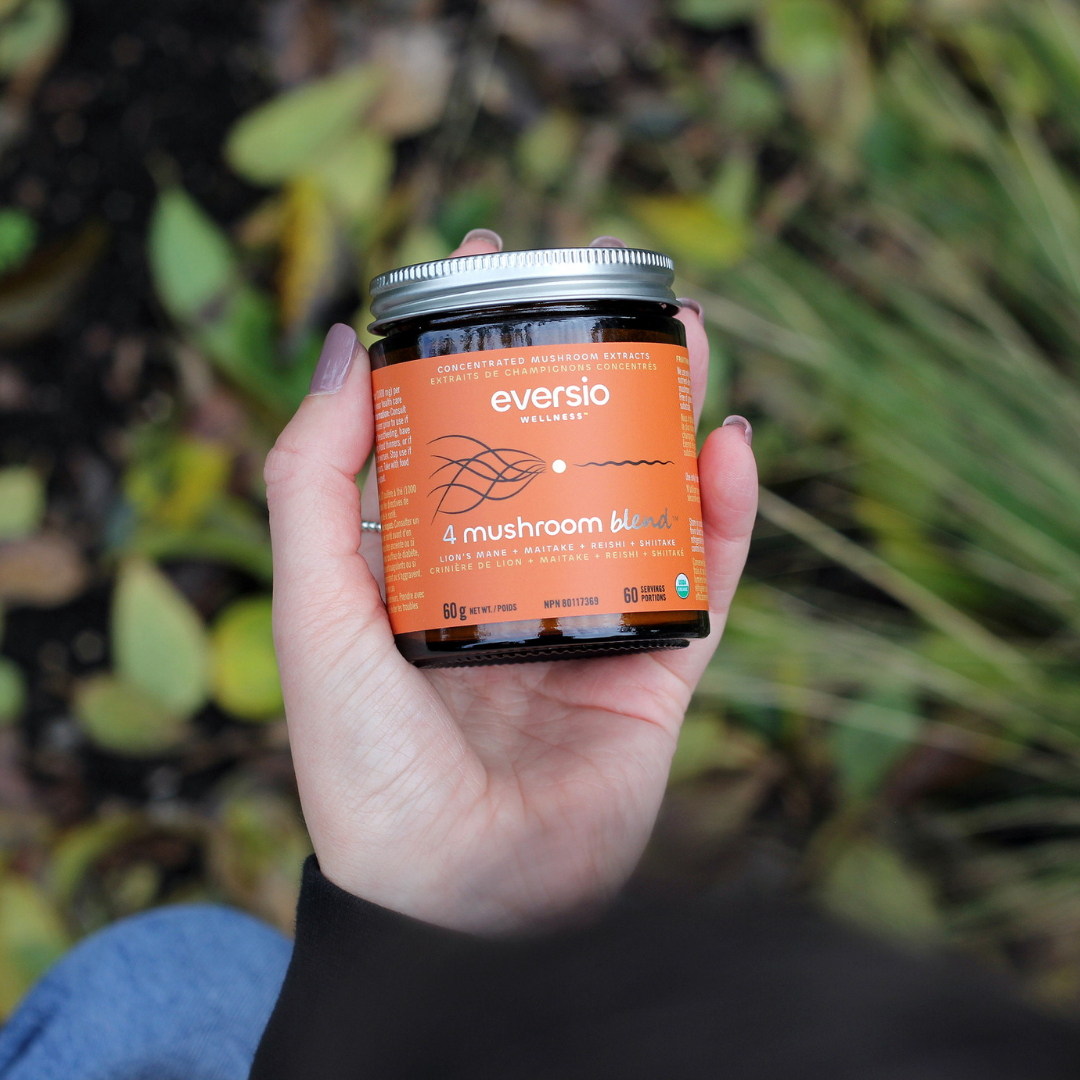
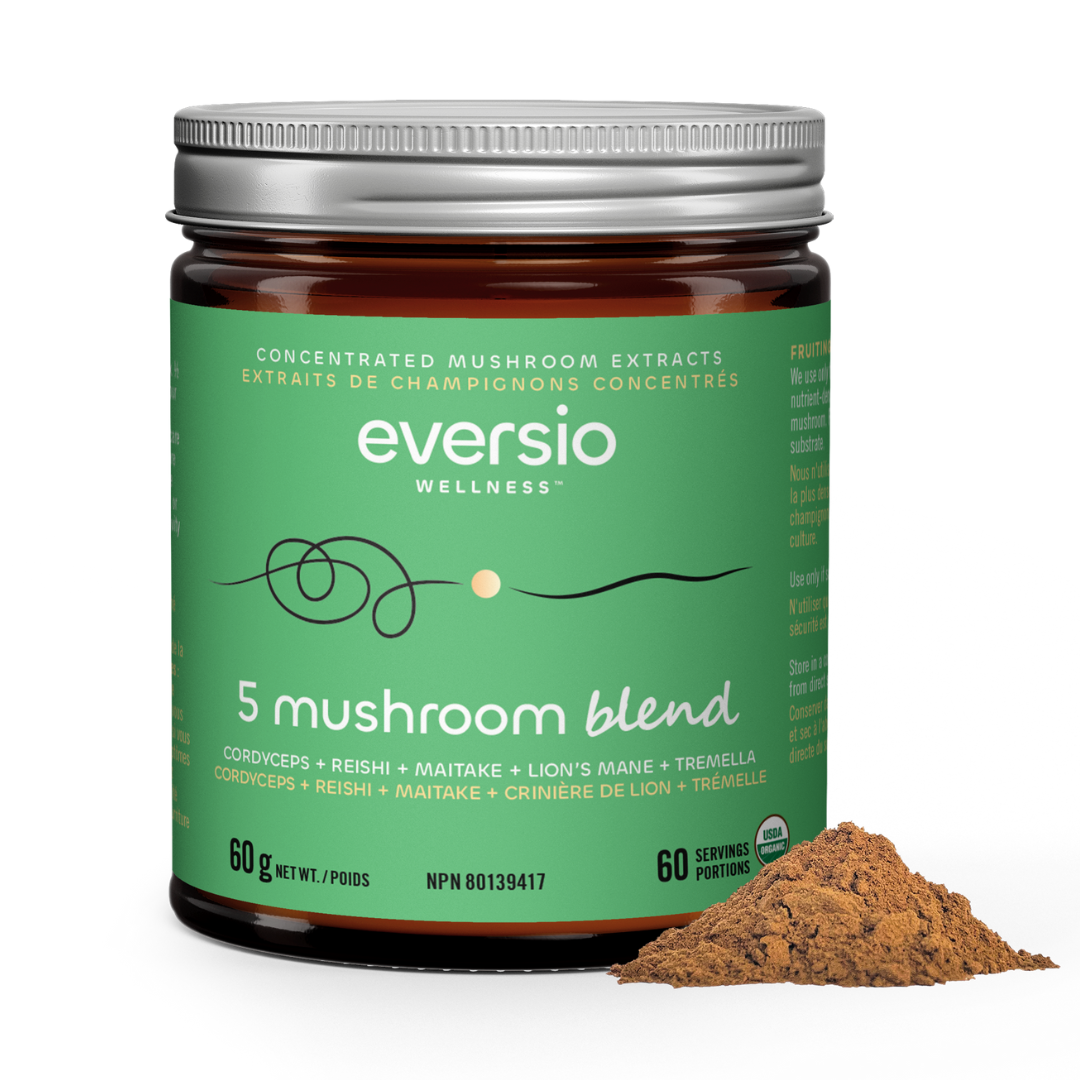
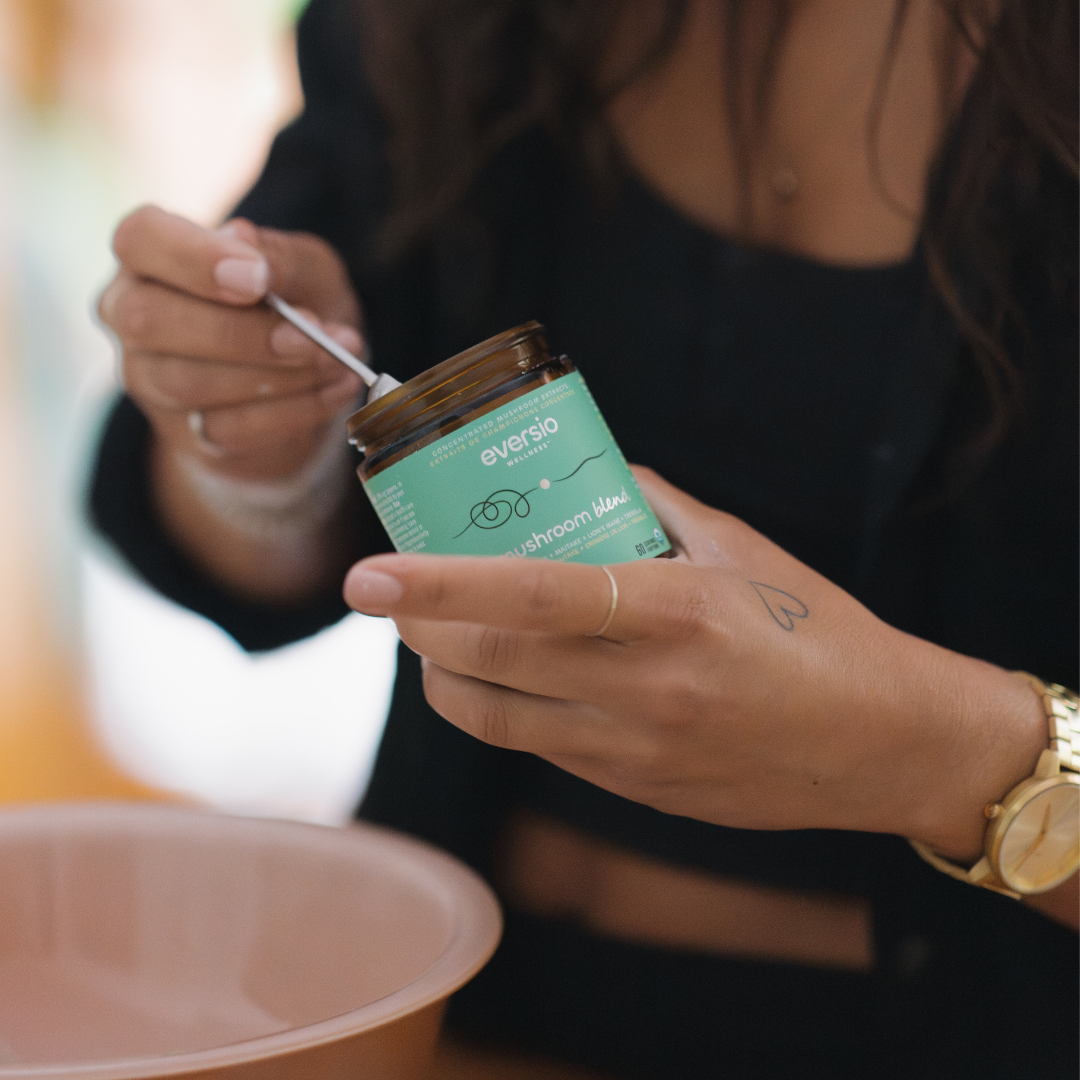
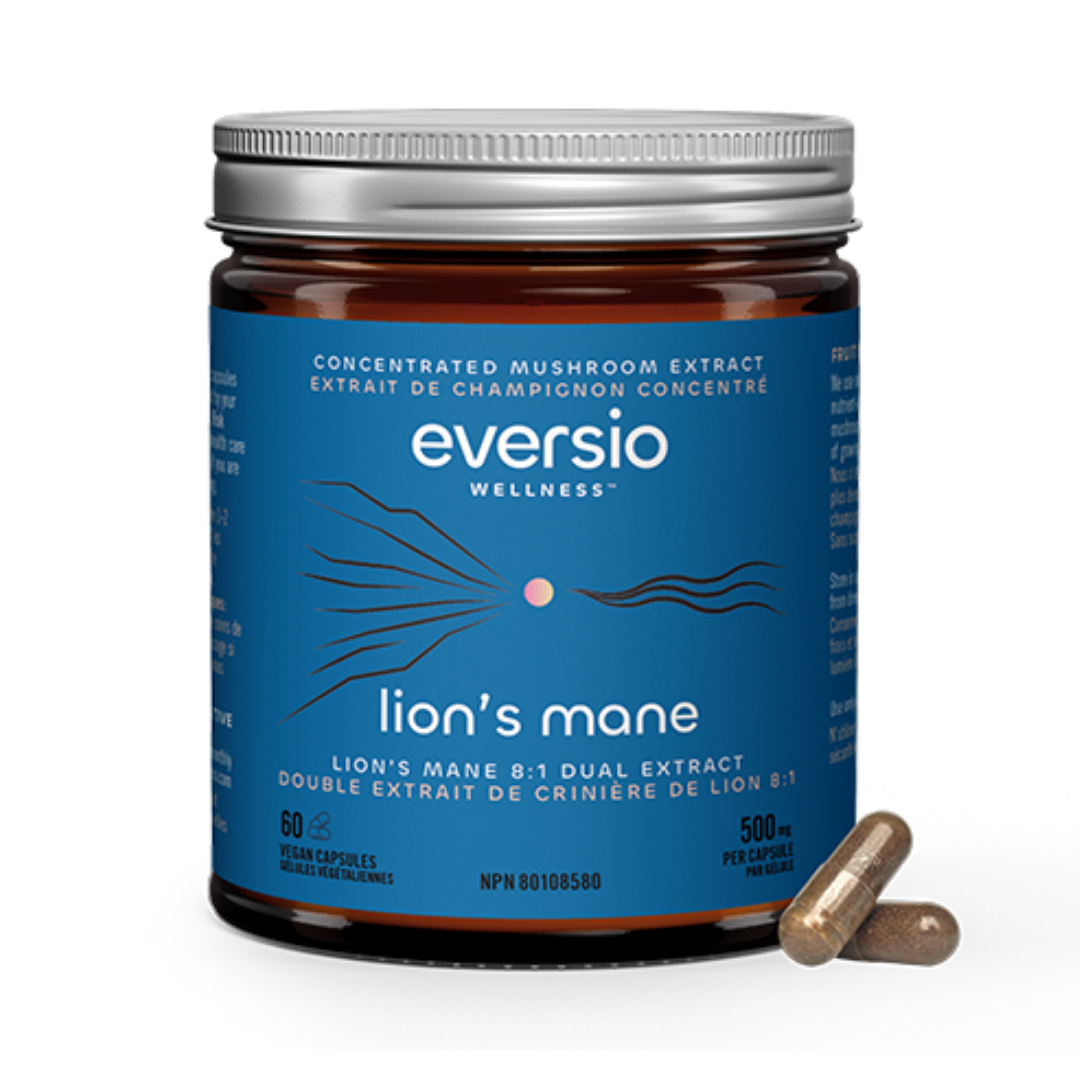
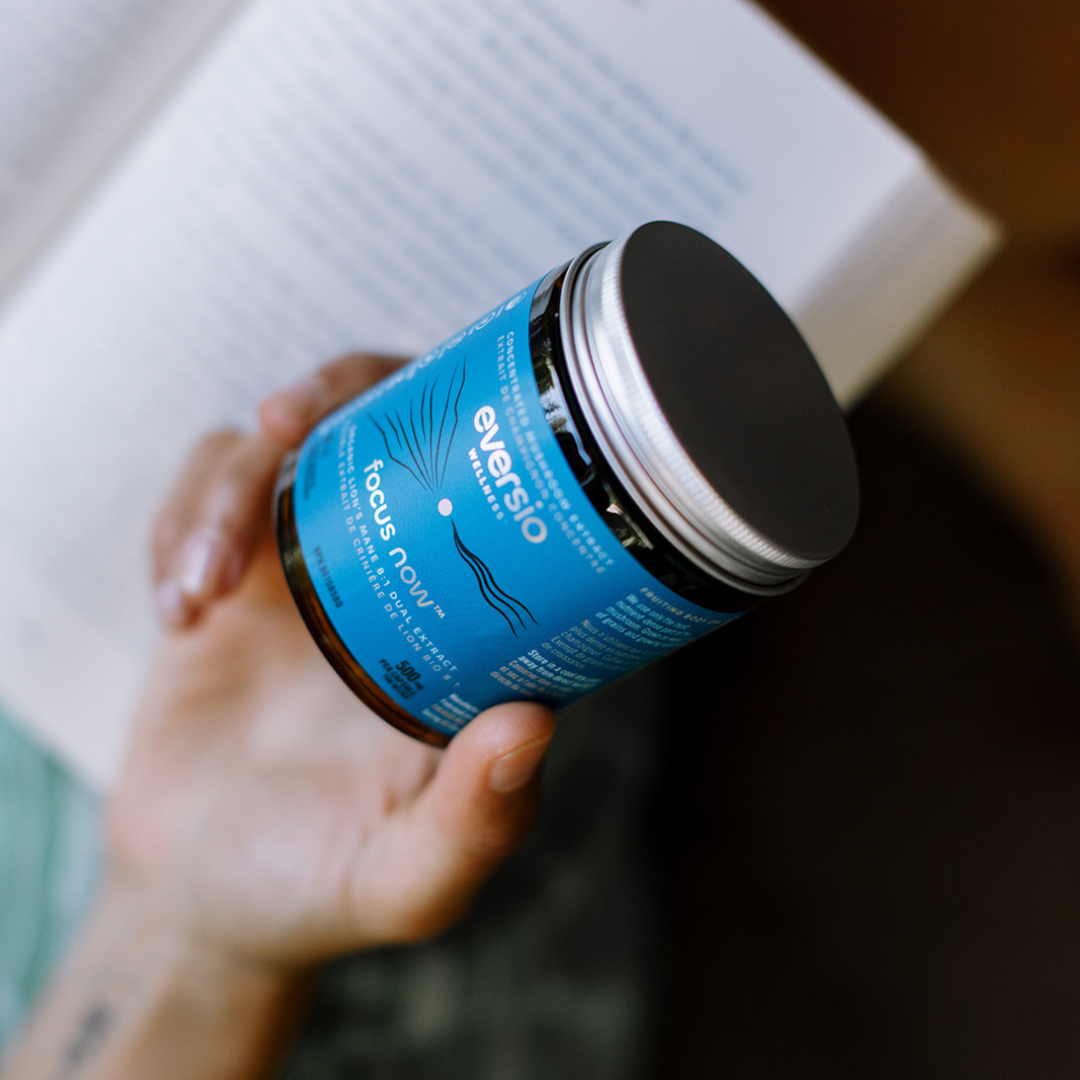
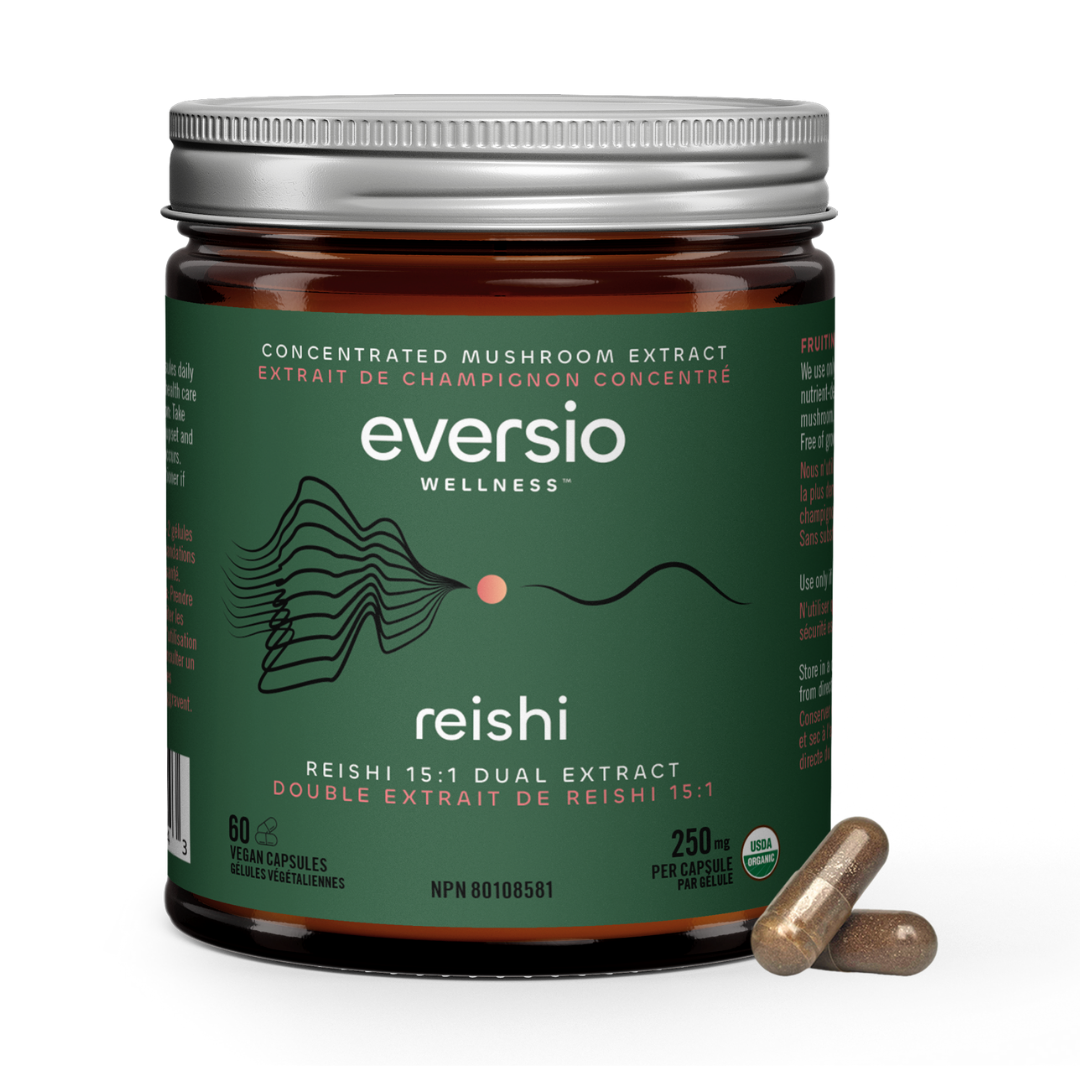
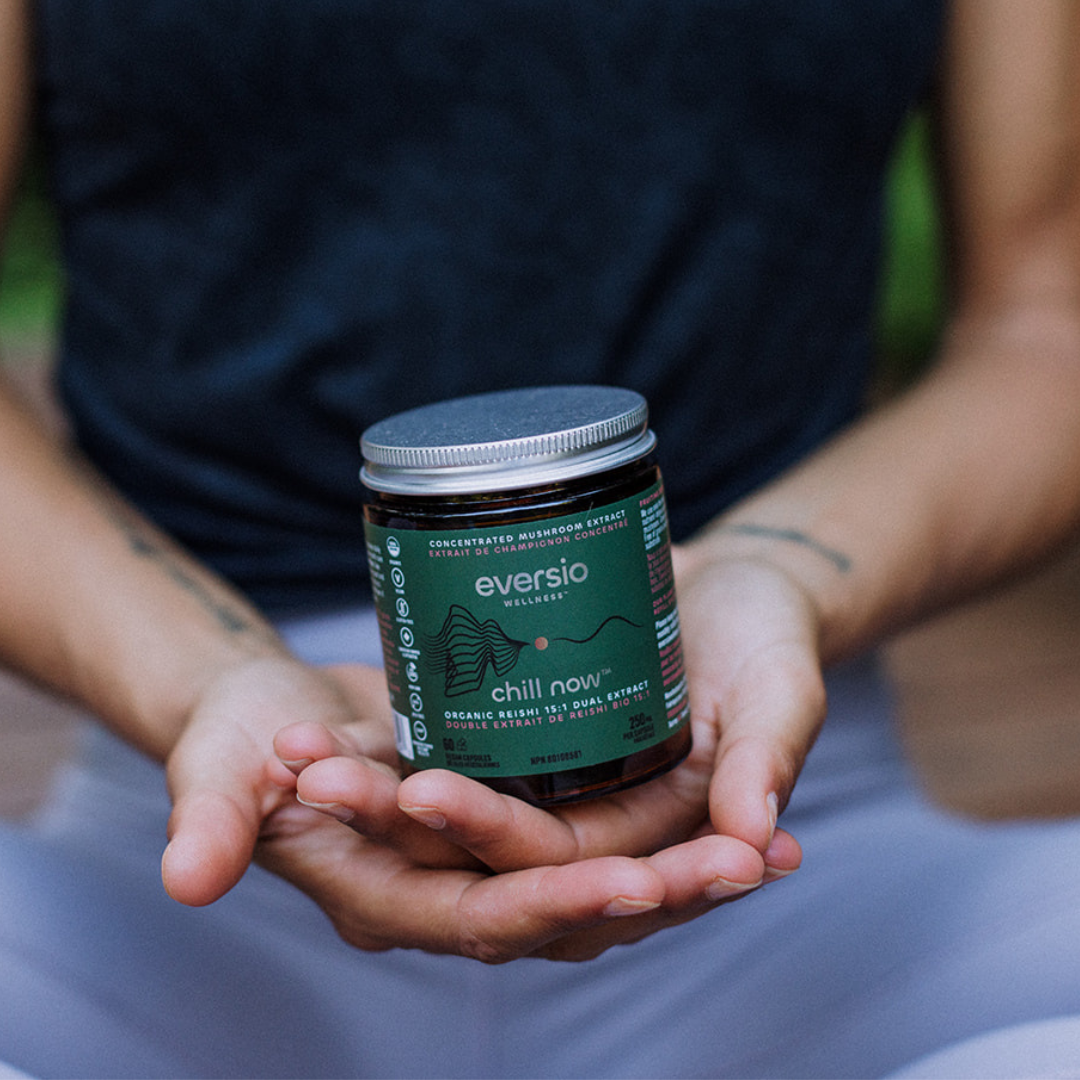
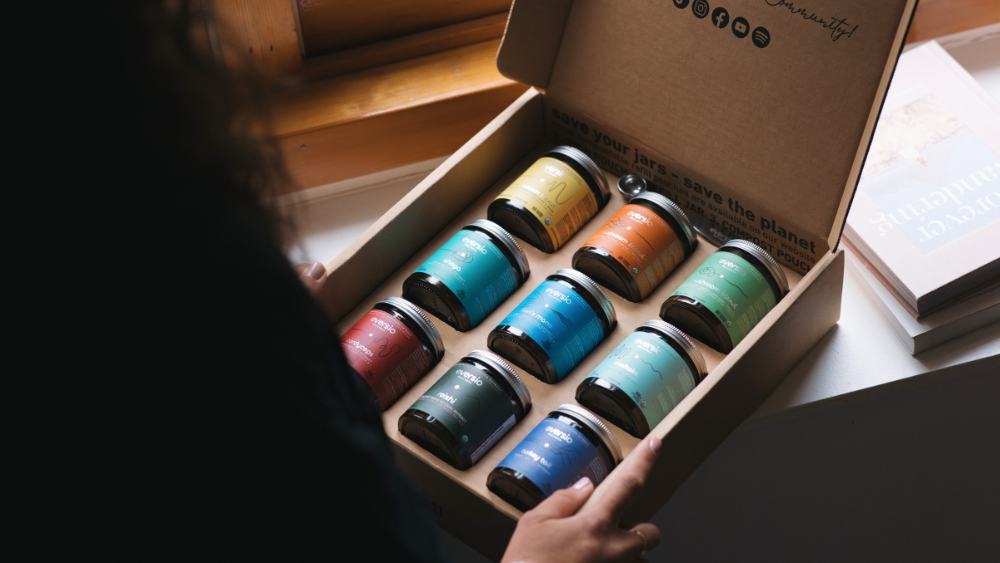







Leave a comment
All comments are moderated before being published.
This site is protected by hCaptcha and the hCaptcha Privacy Policy and Terms of Service apply.